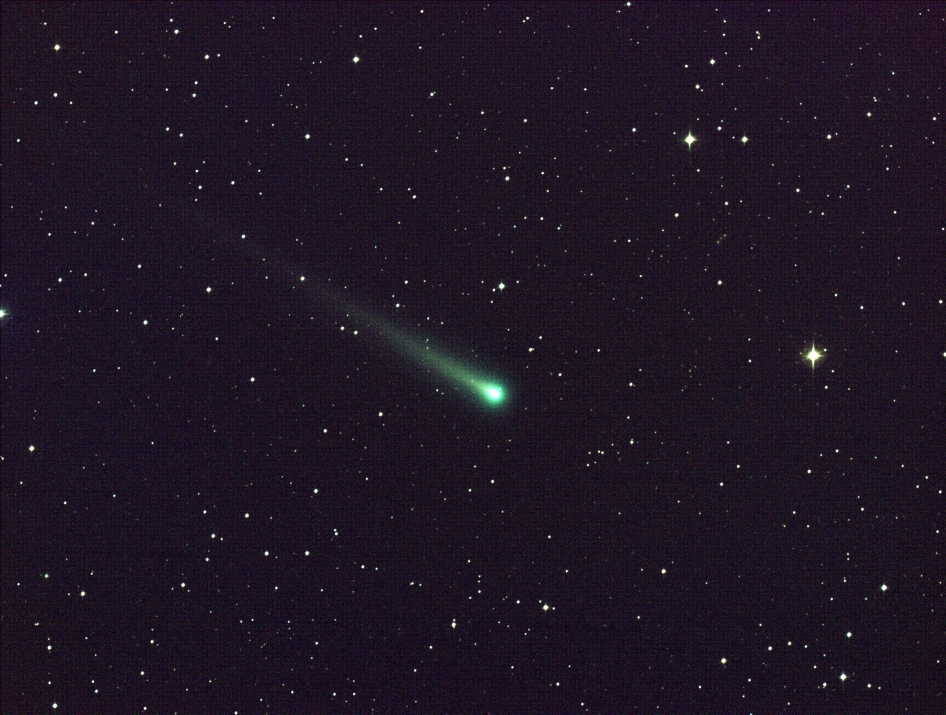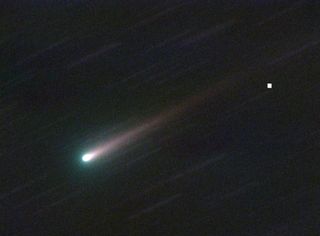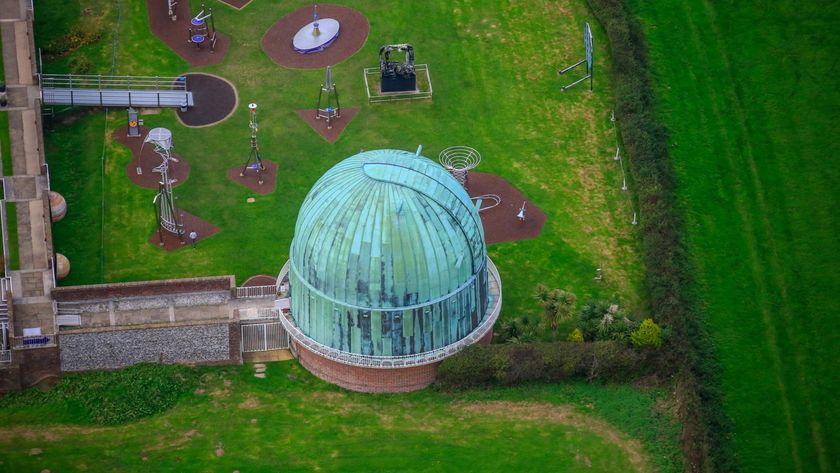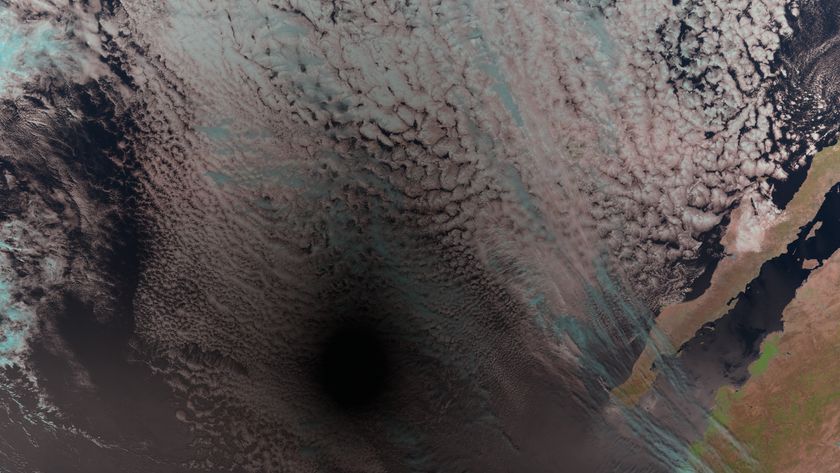
The potentially dazzling Comet ISON has brightened enough on its highly anticipated approach toward the sun that it's now visible through a decent pair of binoculars.
Skywatchers around the world have recently used binoculars to spot Comet ISON, which is streaking toward a close encounter with the sun on Nov. 28 that will bring the icy wanderer within just 730,000 miles (1.2 million kilometers) of the solar surface.
"I have made my first confirmed binocular sighting of C/2012 S1 ISON as well," Pete Lawrence, of the town of Selsey in the United Kingdown, told the website Spaceweather.com on Saturday (Nov. 9). "ISON's head appears small and stellar through a pair of 15x70s optics." [See amazing photos of Comet ISON by stargazers]
Comet ISON is cruising through the constellation Virgo at the moment and is visible in binoculars low in the predawn eastern sky, Spaceweather.com reports. The comet is currently as bright as an 8th magnitude star — too dim to be seen with the naked eye but easy to spot with binoculars or a small telescope.
ISON was discovered by two Russian amateur astronomers in September 2012, giving scientists more than a year to prepare for its close solar flyby. Researchers have been tracking the comet with a variety of instruments on the ground and in space, hoping to learn about ISON's composition by watching which gases boil off its surface at various distances from the sun.

Skywatchers have had a keen interest in ISON as well, for the comet could put on a great show in December if it survives its close pass by the sun later this month.
While some researchers have voiced optimism that ISON will hold together, there are certainly no guarantees; it's tough to predict the behavior of any comet, particular a "dynamically new" one such as ISON that's making its first trip to the inner solar system from the distant and frigid Oort Cloud.
Get the Space.com Newsletter
Breaking space news, the latest updates on rocket launches, skywatching events and more!
Editor's note: If you snap an amazing photo of Comet ISON or any other celestial sight that you'd like to share for a possible story or image gallery, please contact managing editor Tariq Malik at spacephotos@space.com.
Follow Mike Wall on Twitter @michaeldwall and Google+. Follow us @Spacedotcom, Facebook or Google+. Originally published on SPACE.com.
Join our Space Forums to keep talking space on the latest missions, night sky and more! And if you have a news tip, correction or comment, let us know at: community@space.com.

Michael Wall is a Senior Space Writer with Space.com and joined the team in 2010. He primarily covers exoplanets, spaceflight and military space, but has been known to dabble in the space art beat. His book about the search for alien life, "Out There," was published on Nov. 13, 2018. Before becoming a science writer, Michael worked as a herpetologist and wildlife biologist. He has a Ph.D. in evolutionary biology from the University of Sydney, Australia, a bachelor's degree from the University of Arizona, and a graduate certificate in science writing from the University of California, Santa Cruz. To find out what his latest project is, you can follow Michael on Twitter.











